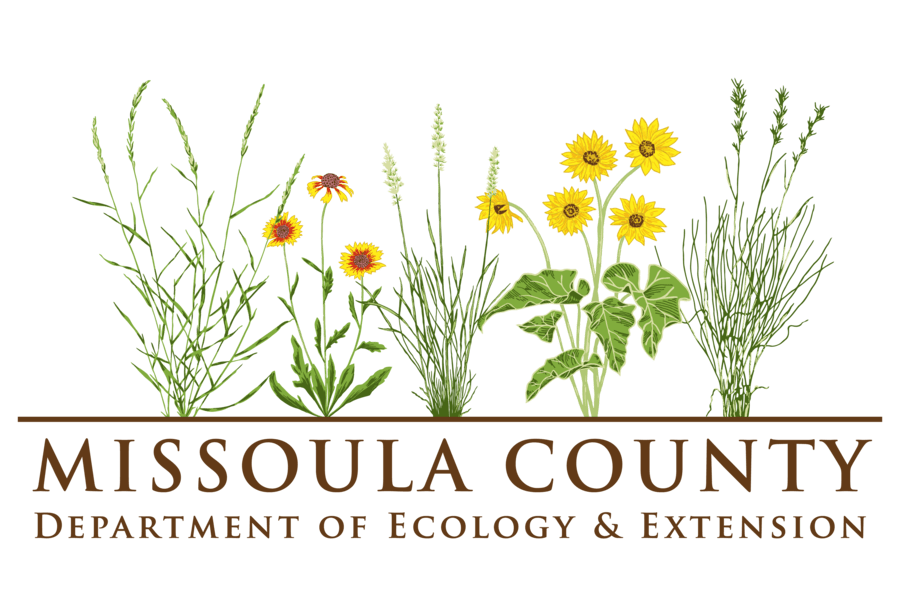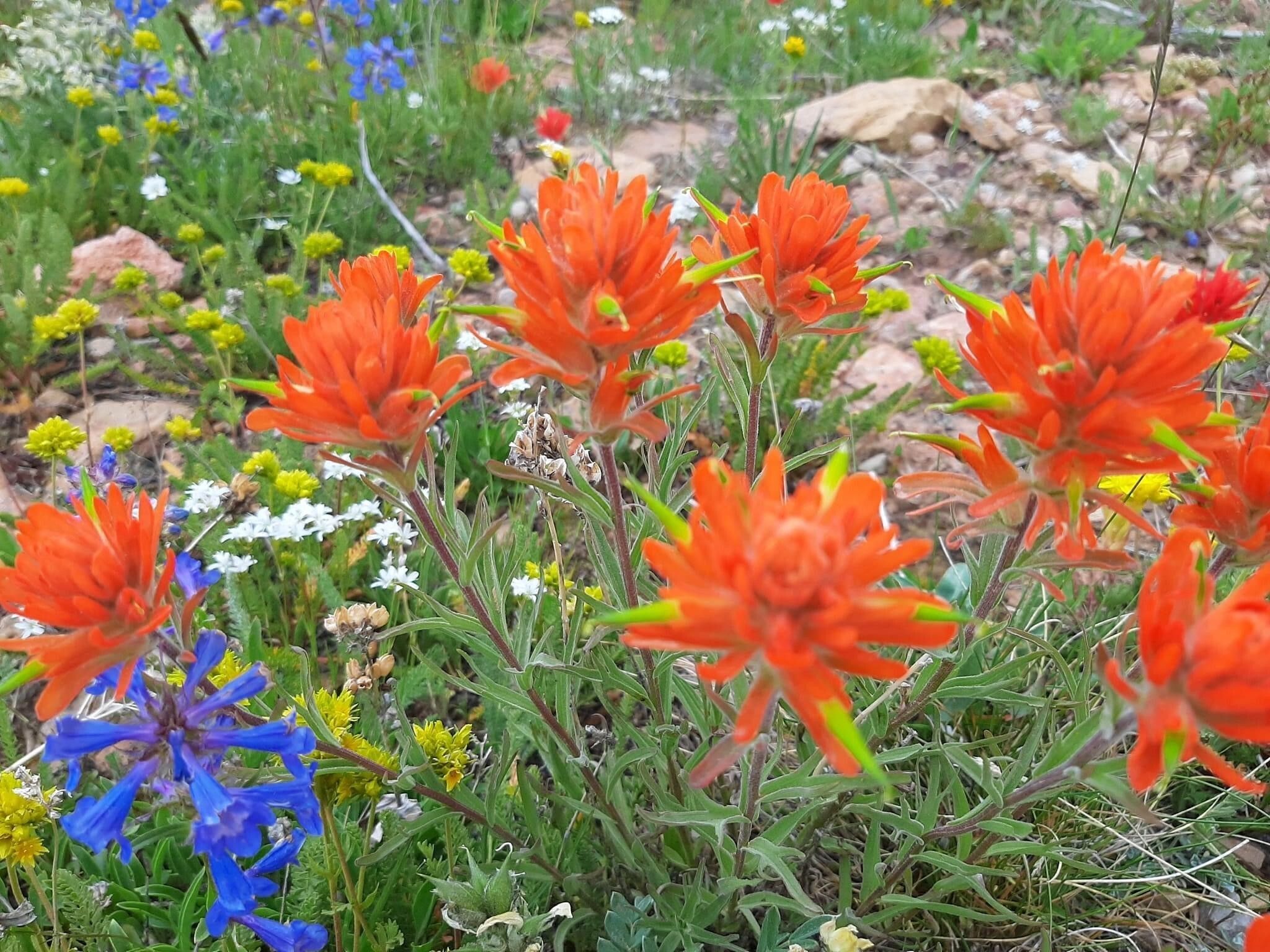
As the hot, dry summer days fade away and cooler, rainier days of fall approach, consider fall an optimal time to treat troublesome noxious weeds. Fall can provide an opportunity to get effective control of species such as Canada thistle, spotted knapweed, Russian knapweed, and leafy spurge. The warm days, cool nights, and increased moisture provide the resources to awaken these noxious weeds from late summer dormancy and produce re-growth. This re-growth period provides a window for herbicide treatments before seasonal hard frosts.
Canada thistle, unlike other invasive thistles, is a perennial plant with an extensive spreading root system. Traditional control methods, such as hand-pulling and mowing provide variable success while cultivation increases colonies because of the widespread root system. Canada thistle produces a late-season flush of growth that produces enough foliage to renew the root system. Fall herbicide treatments target this re-growth. Systemic herbicides applied in the fall move through the plant to the roots as the plant “stocks-up” root reserves for winter. Herbicide selection is important for successful treatment. Please refer to the linked fact sheet (click the noxious weed name) for recommended treatment times and rates.
Spotted knapweed, Montana’s most recognizable noxious weed is a tap-rooted perennial forb that is present in every county of the state. Spotted knapweed frequents a range of habitats and appears in regularly disturbed areas. As notorious as it is, spotted knapweed responds to many types of management. With 13 approved biocontrol agents, including root-feeding weevils and several seed-head-feeding insects, seed production has decreased significantly where present. Persistent hand pulling of small infestations or mowing and grazing of large infestations will reduce seed source and drastically reduce populations. Spotted knapweed responds to many herbicides when applied at label recommendations and can be a late-season tool for newly germinated plants and regrowth. As with any herbicide, read the label to ensure the chemical is designed to treat spotted knapweed and proper precautions are taken to reduce non-target damage and movement. Please refer to the linked fact sheet (click the noxious weed name) for recommended treatment times and rates.
Russian Knapweed, unlike spotted knapweed, is a rhizomatous perennial with papery-tipped bracts (leaflike structure just below the flower). Russian knapweed prefers clayey soils but is not limited to soil type. Because of its rhizomatous root system mechanical removal is not an effective tool as the roots re-sprout rapidly when pulled. Mowing will reduce biomass and prevent spread by seed but will not damage the plant enough for control. Herbicide treatments for Russian knapweed are optimal at a later growth stage than spotted knapweed, early bud to flowering, making fall application a prime time. It is recommended that herbicide treatments be coupled with revegetation to compete with the rhizomatous root system. Please refer to the linked fact sheet (click the noxious weed name) for recommended treatment times and rates.
Leafy Spurge is an aggressive perennial with an extensive root system capable of reaching 30 ft in depth. This impressive root system enables leafy spurge to survive drought conditions, extensive grazing, and some herbicide treatments. That said, persistence management is necessary on established patches to gain a foothold. 3 biocontrol agents have proven to be effective on leafy spurge, two flea beetle species, and a stem/root-boring beetle. If utilizing biocontrol as part of an integrated weed management plan remember to contain the boundary of the infestation to prevent spread. Leafy spurge becomes dormant during the late summer turning a reddish-brown color and typically develop new fall re-growth in mid-September which is susceptible to herbicide treatments. Please refer to the linked fact sheet (click the noxious weed name) for recommended treatment times and rates.
Remember that with any weed management tool, yearly persistence and monitoring will be necessary. Removing plants from your property opens available space for new vegetation to grow. Take advantage of this open niche by promoting your beneficial plants or reseeding with species that can compete with invasive species and noxious weed seeds that linger in the soil.

